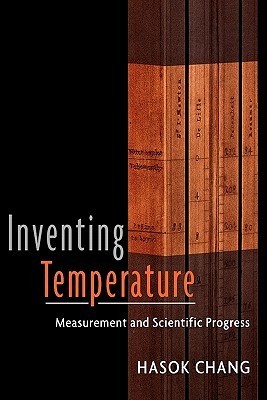What do you think?
Rate this book


304 pages, Paperback
First published January 1, 2004
The history of cold is worth examining in some more detail ... There have been a number of perfectly capable philosophers and scientists through the ages who regarded cold as real as heat---starting with Aristotle. who took cold and hot as opposite qualities on an equal footing, as two of the four fundamental qualities in the terrestrial world. The mechanical philosophers of the seventeenth century were not united in their reactions to this aspect of Aristotelianism. Although many of them subscribed to theories that understood heat as motion and cold as the lack of it, the mechanical philosophy did not rule out giving equal ontological status to heat and cold. In the carefully considered view of Francis Bacon (1561-1626), heat was a particular type of expansive motion and cold was a similar type of contractive motion; therefore, the two had equal ontological status. Robert Boyle (1627-1691) wanted to rule out the positive reality of cold, but had to admit his inability to do so in any conclusive way after honest and exhaustive considerations, The French atomist Pierre Gassendi (1592-1655) had a more complex mechanical theory, in which "calorific atoms" caused heat by agitating the particles of ordinary matter; Gassendi also postulated "frigorific atoms, whose angular shapes and sluggish motion made them suited for clogging the pores of bodies and damping down the motions of atoms.
The common attribution of the centigrade thermometer to the Swedish astronomer Anders Celsius (1701-1744) is correct enough, but his scale had the boiling point of water as 0° and the freezing point as 100°. ... My own hypothesis is that those who designed upside-down thermometers may have been thinking more in terms of measuring the degrees of cold than degrees of heat. If that sounds strange, that is only because we now have a metaphysical belief that cold is simply the absence of heat, not a real positive quality or entity in its own right. Although the existence of the upside-down temperature scales does not prove that their makers were trying to measure degrees of cold rather than heat, at least it reveals a lack of a sufficiently strong metaphysical commitment against the positive reality of cold.
Bridgman warned that "our verbal machinery has no built-in cutoff": it is easy to be misled by the use of the same word or mathematical symbol in various situations into thinking that it means the same thing in all of those situations. (Bridgman focused most strongly on the unwarranted jump from one domain of phenomena to another, but his warning applies with equal force to the jump between the abstract and the concrete.) (Pg. 200)